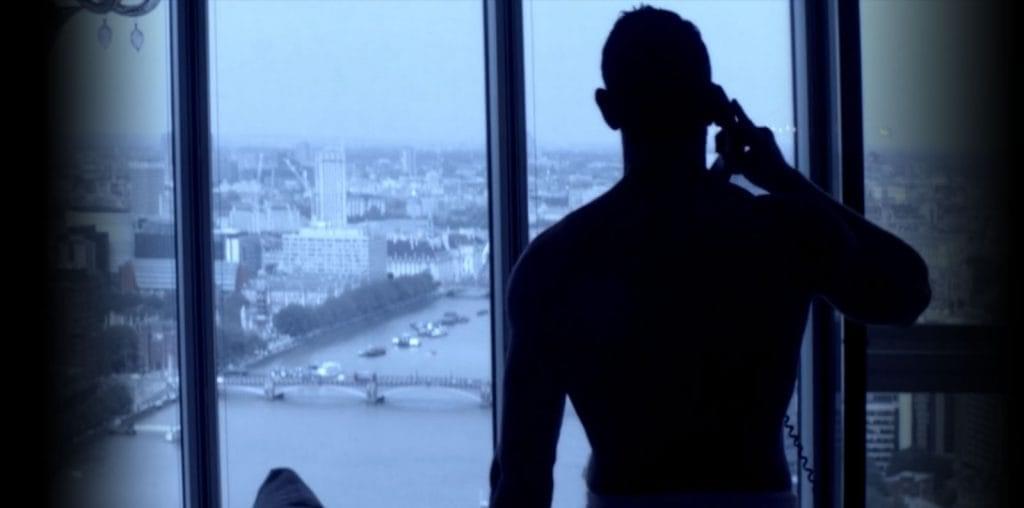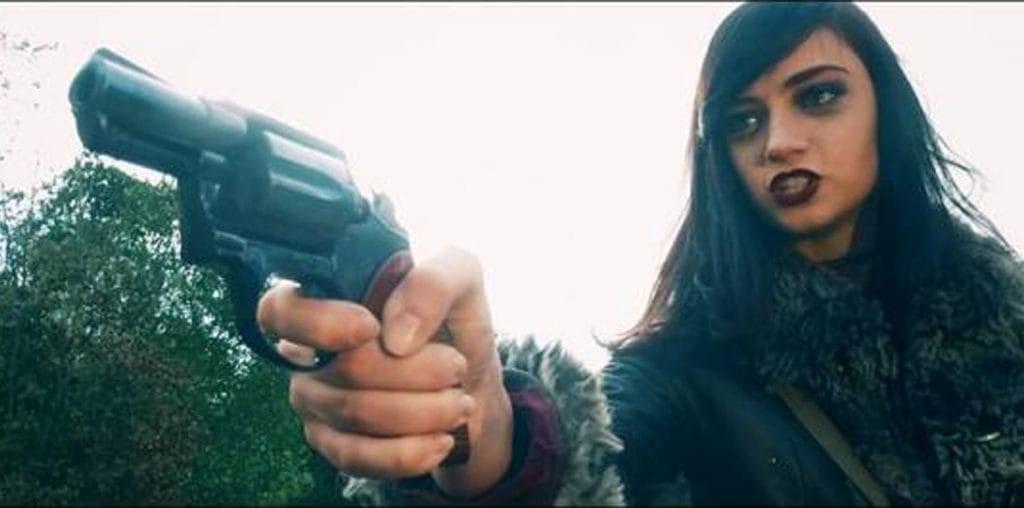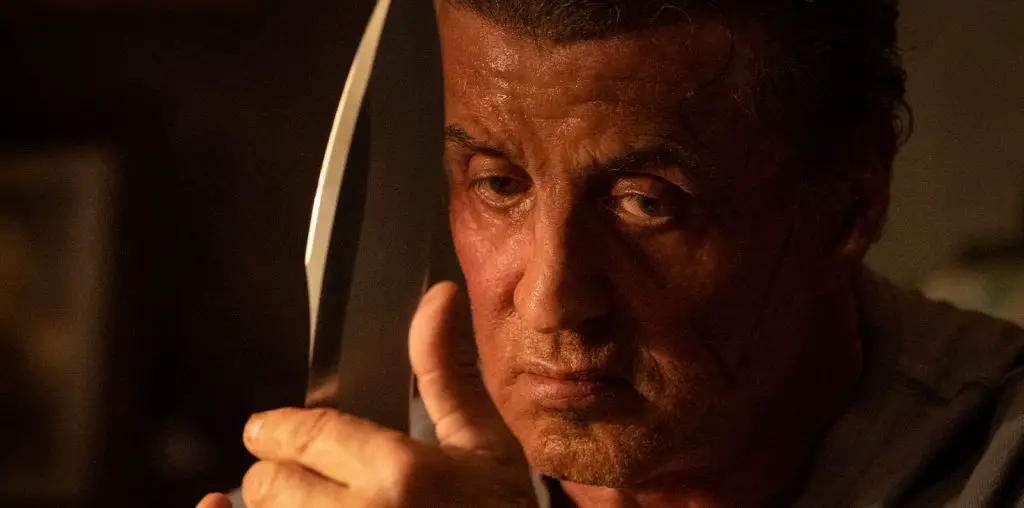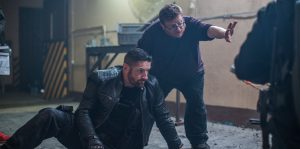
Clearly, most of the actors did their own stuntwork.
For the most part, Everybody did all of their stunts and fighting. I think that is important. I value seeing the people themselves doing that work, because I don’t know if the audience understands how much goes into it, regardless of how limited time we have. You also have to have the ability to take the choreography and combine it with working to the camera. Phoebe Robinson-Galvin has done quite a bit of stunt work, and she is an actor as well, for sure. I think she brings it, particularly for some of the nicer moments, some of the more sincere moments. She has some terrific scenes with Katrina Durden.
It is essential to strike a balance between acting and fighting ability. What we try to do is go for the best of both worlds where and when we could. And I have to say everybody steps up well.
Our performers came from a variety of backgrounds. They all pretty much did have some physical training and experience, and that’s important. It’s challenging to try and educate people about that if they haven’t got it.
Can you talk about the rehearsal and safety protocols?
Safety is so important. Most people that I’ve worked with, they’re aware of keeping the other person safe, as well as acting and performing choreo. Then there’s camera awareness—there’s a lot of skills involved just in executing the fighting.
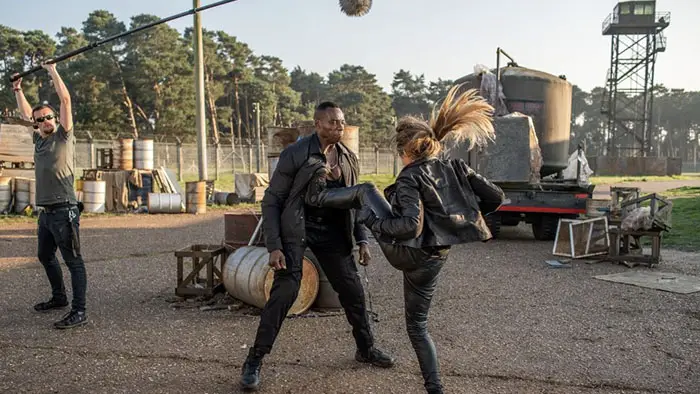
“The fights should propel the story, and the character should inform the fight.”
Let me ask you about the writing process. I would imagine you had a general storyline, but do you set up the overall story and the individual set pieces based on the talents of the specific actors, or the group of actors assembled?
That’s a great question. That’s such an important point. A lot of the time, you don’t tend to write choreography, if you know what I mean. Because, when you have something like stunt coordinator Tim Man come on board, his contribution is vital. I just take then broad stroke on how essentially I write, and then many people I work with handle the action.
In the end, I approach it like drama taken to an action realm. It’s elevated. I’m not pretending it’s reality, but It’s got to have a reality in the world that we’re creating. I believe that whatever motivates a person into a fight, their throws come from their experience and the training that they’ve had. Take Stu’s character, Gold, as an example. If ten different people attacked him, those ten different people should be different people. Each one had different training. They would attack a guy of his size in different ways, depending on their size and skillsets and so forth. Then he should, in theory, respond to those ten different attacks in different ways.
So for me, the action does come from the character. Tim comes in and brings his perspective on that, and his creativity. And of course, I like the occasional flash or cool move just for the sake of it because it punctuates the fight. There’s a type of storytelling going on. The fights should propel the story, and the character should inform the fight. And the only thing that I tend to write in action scenes is if there’s something I particularly like the idea of, like someone using their legs to kick in signs. Do a little bit of that.
Ultimately, what are the points that that fight then conveys, that contribute to the story? There’s a little moment when Katrina and Phoebe are first having a fight, where Katrina sort of kicks Phoebe in the face. And there are so many ways that Phoebe’s character, Lynch, could react. She could be angry. She could be bold. But I wanted her to be kind of like, “Okay, so this is where we’re going.” And I feel that’s kind of a different mode. You know what I mean?
